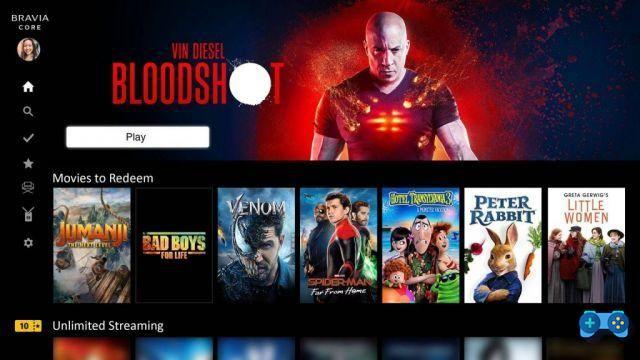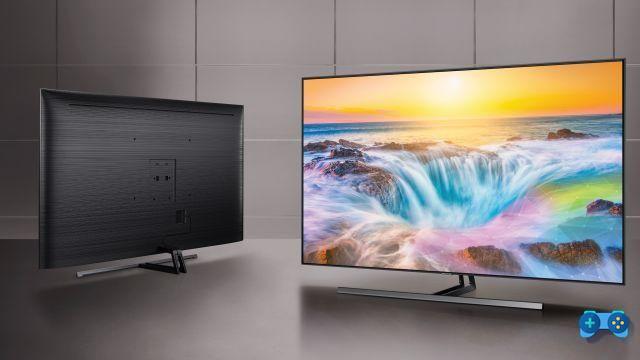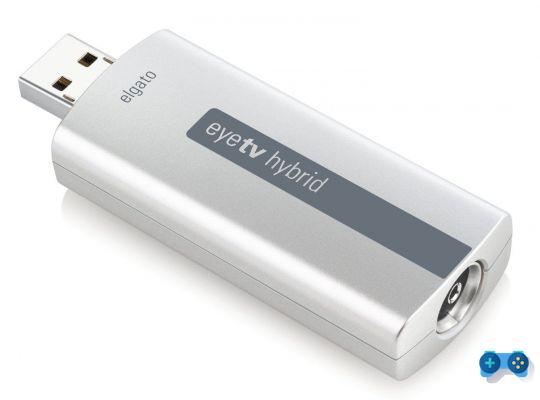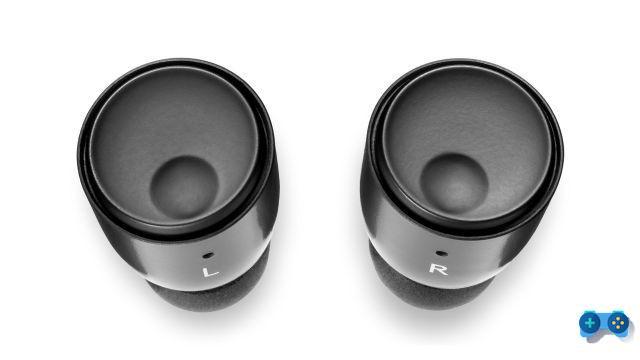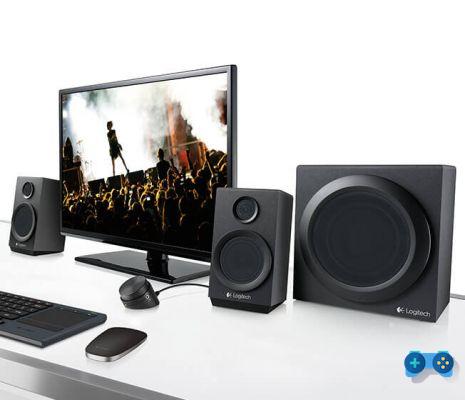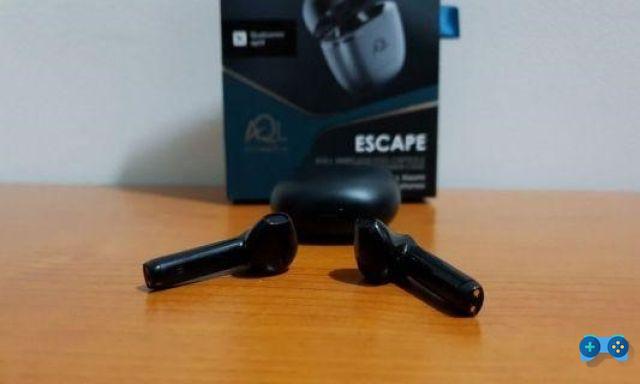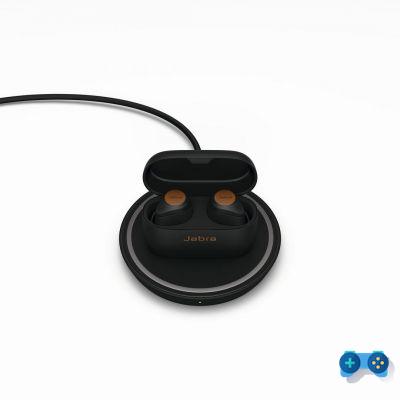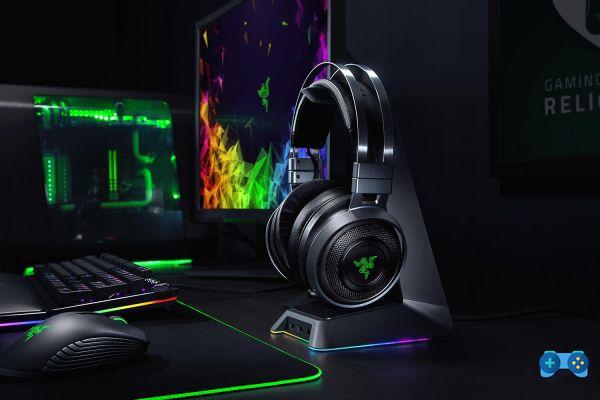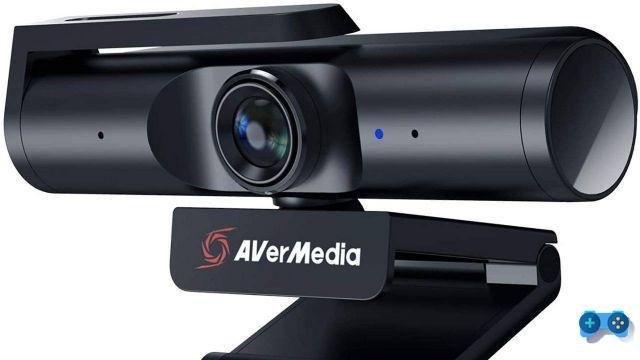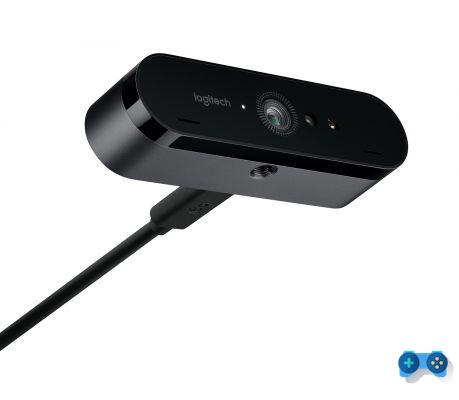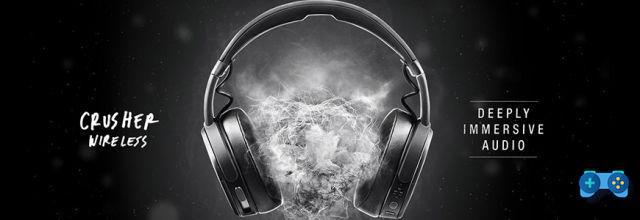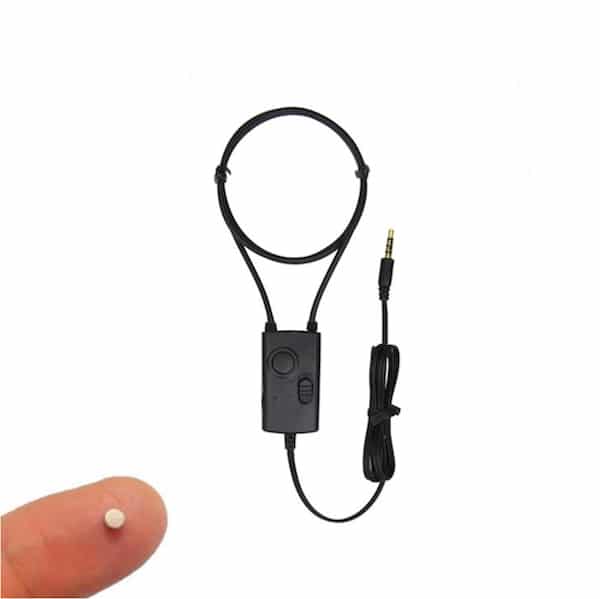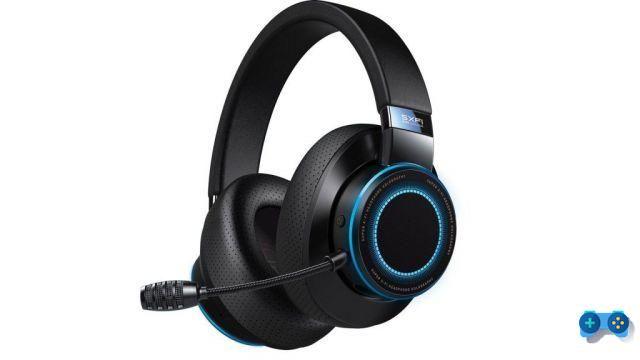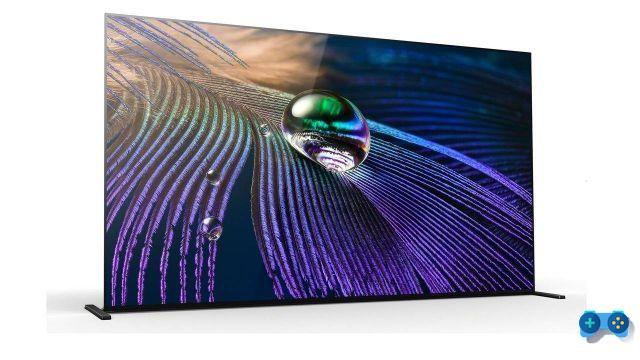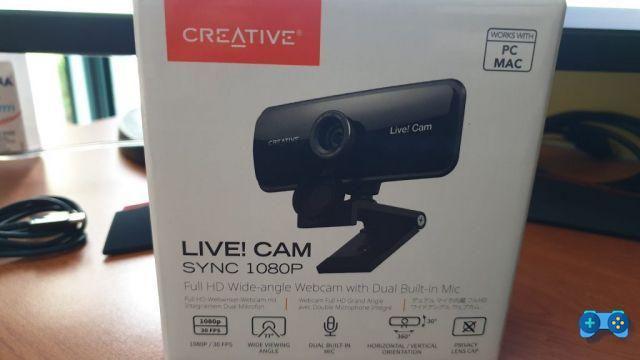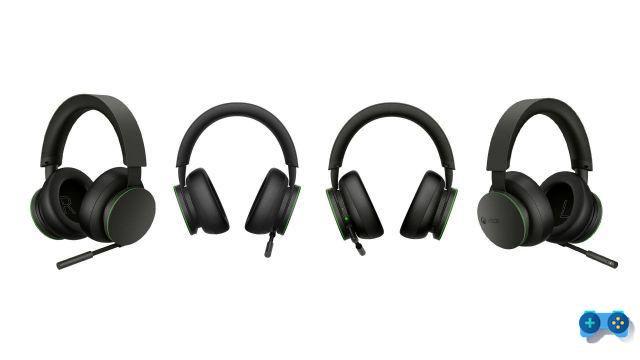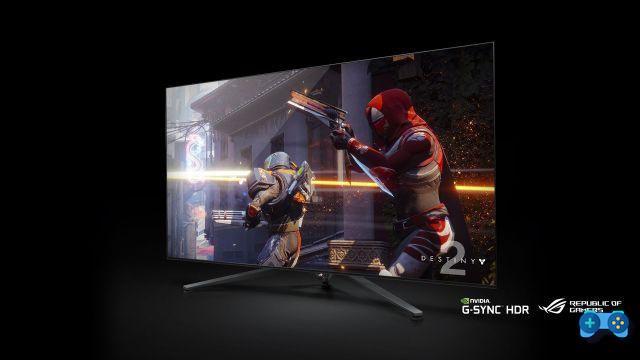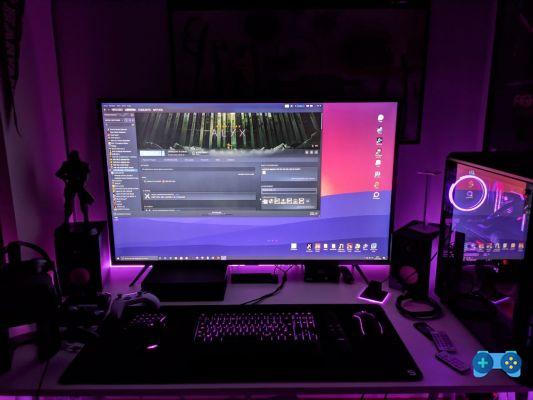
PC monitors and TVs are very close relatives, usually differing in design, image processing capabilities and connectivity. TVs typically boast a more advanced image processing system and come with built-in TV tuners and speakers, while monitors have DisplayPort connections that TVs still lack (with very few exceptions), higher refresh rates, and response times. lower. However, in the vast majority of cases both are built with the same technologies albeit for different purposes.
TV as a monitor: to play or to work?
Accomplices the transformation of our PCs into real multimedia centers, the arrival of large format TVs at extremely competitive prices compared to traditional monitors and the search for a greater degree of immersion even when at the PC, in recent times many users they began to connect their computers to televisions. As we will see, however, depending on your needs there are different aspects to consider when moving in this direction.
TV as a gaming monitor
The main reason why some people choose to replace the traditional monitor with a TV is definitely gaming. Nothing like a bigger screen can guarantee greater immersion and involvement in the game. Also, today most video games offer HDR display mode which enhances the contrast, colors and depth of the picture, but this is a standard feature of most new generation TVs. In the context of PC monitors this feature is still quite rare (if not in the very high-end ones) as it requires very high brightness levels. Most televisions then offer one Gaming mode, which removes additional image processing and ensures reduced input lag.
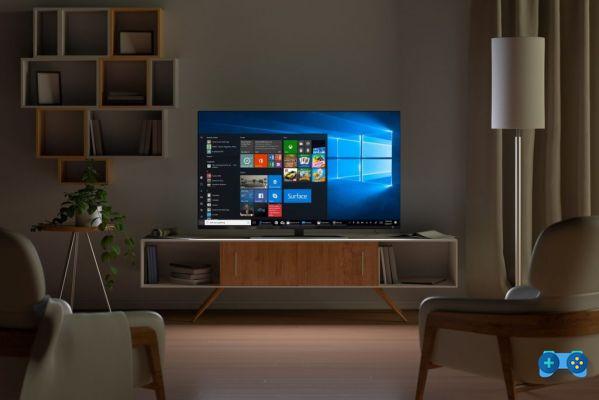
Input lag: what it is and why it is so important in video games
Input lag refers to the delay with which the signal from the source reaches the display. This delay, measurable in milliseconds (ms), depends on several factors, including the responsiveness of the panel and the manipulations that this signal must undergo before being displayed. As you can imagine, a greater input lag corresponds to a less optimal gaming experience as the image displayed on the screen is "delayed" compared to what is happening in the game world. If for single player games it is not a big problem, in online and competitive titles (above all FPS) a delay of even a few milliseconds can make the difference between life and death. To the input lag generated by the display you have to add the response time of your reflections and you will understand that if this involves sighting an enemy late, you are screwed. A good response time for a TV is around 30-35 milliseconds, while an acceptable time is within the range of 30-80 milliseconds; anything that exceeds these values should be avoided for video games.
As mentioned, most TVs have a “PC mode” or a “Game Mode”, which by eliminating any signal alteration can reduce panel response by as much as 50%. But remember that this also means a reduction in image detail: this is the case with Samsung panels, where the game mode reduces the quality so much that many users do not take it into consideration.
Response time and refresh rate
Two other things to consider when choosing a TV instead of a PC monitor are the response time and the refresh rate.
Per response time we mean the time it takes for a single pixel to pass from one color to another. The lower it is, the more responsive the display will be. Today, the most performing monitors offer a response time generally between 1ms and 4ms, and this is essential especially for FPS and in particular the competitive online ones such as Call of Duty for the reasons we mentioned earlier.
Il refresh rateinstead, it indicates how many times per second the screen updates the image. 60 Hz is the standard value for modern TVs, while more and more gaming monitors now offer a value between 144 and 165 Hz, with the more advanced ones reaching even 240 Hz. A higher refresh rate corresponds to a visual experience better and smoother. Also in this case, this element is fundamental for games in which the speed of response is on the agenda such as, in fact, in online FPS. When choosing a TV, you must also always check two things: the first is that the refresh value is real and not interpolated (many TVs indicate very high refresh values, but this is a false value because it is reached through an interpolation of an additional frame, a clone of the previous one, able to offer the idea of a more fluid image), the second is at what resolution you can get the maximum refresh rate.
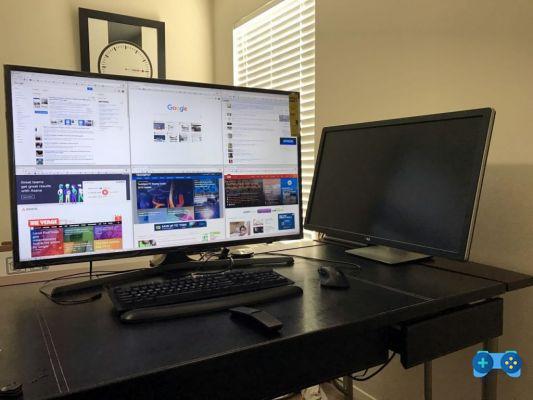
In fact, some TVs, while being able to reach a very high real refresh value, can only do so at a certain resolution and this also due to the limitations connected to the HDMI port. While on PC the bandwidth problem has been overcome with the use of DisplayPort cables, to date no TV uses this format as all manufacturers are oriented towards HDMI. HDMI 2.0, currently the most popular format, however, has a band that does not allow to exceed 60 Hz at 4K resolution and it is necessary to move to TVs equipped with HDMI 2.1 to reach 120 Hz at Ultra HD resolution. But be careful: at the moment no graphics card has HDMI 2.1 connections, so even by purchasing a TV with this interface you will not be able to take advantage of the higher bandwidth offered by this new standard if you do not replace your GPU with one of the next NVIDIA Ampere or AMD Big Navi in I'm coming this fall.
If you want to know more about the best TVs for console gaming, we refer you to this article where we also indicate the best TVs to match the next next generation consoles.
A TV to increase your productivity
When choosing a TV to use as a PC monitor for productivity, you need to take into account the supported resolution, the ability to display chroma 4: 4: 4 and the viewing angles, which can cause uniformity issues when sitting close to the screen. .
Resolution vs. size: the secret is in the ppi
La pixel density, expressed in ppi (pixels per inch), indicates the number of pixels present in a square inch of the screen and is the most important factor to consider. The screen of a 15.6 "laptop with a resolution of 1920 × 1080 has a pixel density of 141.21ppi, while a 32" TV with the same resolution has a pixel density of 68.84ppi, significantly lower. The lower the density, the lower the sharpness and detail of the image shown.
Keep in mind, however, that the importance of pixel density decreases according to the viewing distance, so the further away you are from the screen, the lower the density required to have a good visual experience. It goes without saying that you will have no problem looking at a 15.6 "/141.21ppi screen from half a meter away, but you will struggle with a 32" /68.84ppi screen in the same condition. This is why the iPhone's Retina display has a density of 326ppi, while that of the MacBook Pro only counts 226ppi.
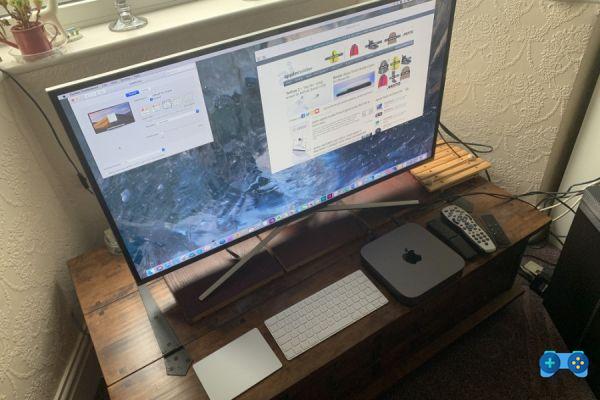
Generally, the average user sits a maximum of one meter from the monitor: to view it comfortably from this distance, you should aim for 80ppi or higher. This means that for 1080p resolution your screen shouldn't be larger than 27.5 ", while you can go up to 55" for 4K.
It is important to know that 4K is not a market standard. A 4K TV can be 4x720p (3840x2160 resolution) or 4x1080p (4096x2160 resolution), with most models relying on the former. To determine the exact pixel density, therefore, first check the specifications of the model you are interested in, then enter them in this simple site: Is This Retina?
Chroma 4: 4: 4
Il Chroma Subsampling it is a type of compression that reduces the color information in a signal in favor of the luminance data. This reduces the bandwidth without significantly affecting the image quality. A video signal is divided into two different aspects: the luminance information and the color information. There luminance, or luma for short, is the most important value because it defines the contrast of an image, and the contrast in turn determines the level of detail. Color information is just as important but not as important as contrast information, so Chroma Subsampling reduces the amount of color information in the signal to allow for more luminance data instead. This allows you to maintain image clarity by effectively reducing file size by up to 50%; due to the bandwidth limitations of the internet and HDMI, it makes it essential in today's systems.
If to watch multimedia content on a TV it is possible to resort to a certain reduction in the quality of the colors, without affecting the overall quality of the image, when using a TV with a PC it is essential that the chroma values are 4: 4: 4 , which indicates an uncompressed signal. The first number refers to the size of the luminance sample, while the two following numbers both refer to the chroma. A 4: 4: 4 chroma signal has no compression (so it is not subsampled) and carries both luminance and color data entirely. Without going into detail, you just need to know that in a 4: 2: 2 array there is half the chroma of a 4: 4: 4 array, and in a 4: 2: 0 there is a quarter of the color information. available. Without a TV that supports a 4: 4: 4 chroma array you will have grainy images and above all unreadable text.
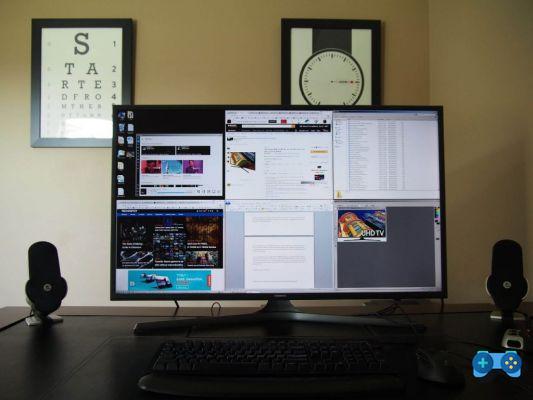
OLED vs QLED vs LED: which one to choose?
Another factor to consider is the technology used. Our advice when choosing a TV to use as a productivity monitor is to move towards an LED TV rather than an OLED, which can suffer from permanent burn-in. For burn-in or even "molding" we mean that phenomenon whereby a static image remains as "printed" on the screen without being able to eliminate it. The phenomenon occurs much more often with extremely bright images held steady for tens of hours. It will have happened to you several times to leave the PC on for whole days with the screen that, for some reason, did not turn off automatically, perhaps due to the presence of an active process in the background. Here, with OLED TVs, although they guarantee a much higher image and color quality than LED ones, this fact could have irreparably ruined your television.
Here you will find our recommendations for the best TVs to use as a PC monitor.
The best 43 inch TV to use as a PC monitor: Sony XBR43X800H
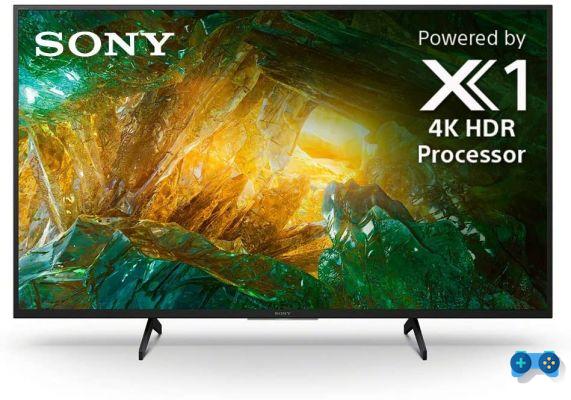
The best TV to use as a 43-inch computer monitor is the Sony XBR43X800H, which offers great performance without costing a fortune. Note that the 43-inch model has a tighter stand than the 55-inch model.
This TV has a IPS panel us really wide viewing angles, ideal for sharing your screen with others or if you tend to be inclined to sit next to the screen. It is also ideal for the bright rooms as it has good reflex management. It supports 4: 4: 4 chroma display in “Game” or “Graphics” picture mode and the input lag is extremely low. Fast moving content appears smooth as the TV boasts a good response time, although on dark spots it may flicker around 120Hz creating some 'duplicating' effect.
Unfortunately it has a low contrast ratio, so it's not ideal for use in a dark room. The 43 ″ model features a panel with illuminated edges, so it should have a lower contrast ratio than the larger models as the backlight is LED. Finally, this Sony boasts excellent color accuracy, therefore, it will not need to be calibrated. Overall, this is the best “small size” TV monitor.
Best large TV to use as a PC monitor: Samsung QN65Q80TAFXZC
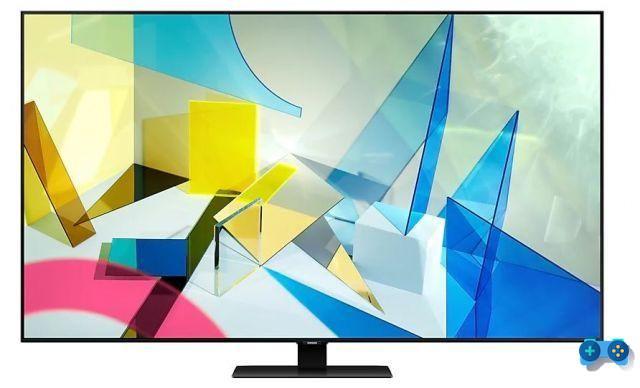
The best television with a rather generous screen to use as a monitor is the Samsung QN65Q80TAFXZC. This TV of high-end belonging to Samsung's QLED range it has the performance you would expect from a television of this level, making it one of the best available on the market.
It supports 4: 4: 4 chroma at both 1080p and 4K resolution, and the TV automatically detects a PC connection, so text is instantly clear and legible. If your computer is not detected, you can change the input icon to “PC” to display 4: 4: 4 chroma. This panel boasts very low input lag as long as "Game" mode is checked, which will ensure a responsive desktop experience. The image quality is impressive, relying on excellent reflection management, perfect color accuracy and good optimization of low-resolution content.
Unlike most VA panel TVs, the viewing angles turn out to be decent because Samsung has added a layer of “Ultra Viewing Angle” to the panel, thereby reducing the contrast ratio. However, if you want to use it in the dark it shows deep blacks and has a full-array local dimming function. Unfortunately, it suffers from some smoothness issues as the edges of the screen are darker, but this may vary from unit to unit. Overall, this Samsung is a great TV and an excellent choice to use as a PC monitor.
The brighter alternative: Vizio PX65-G1
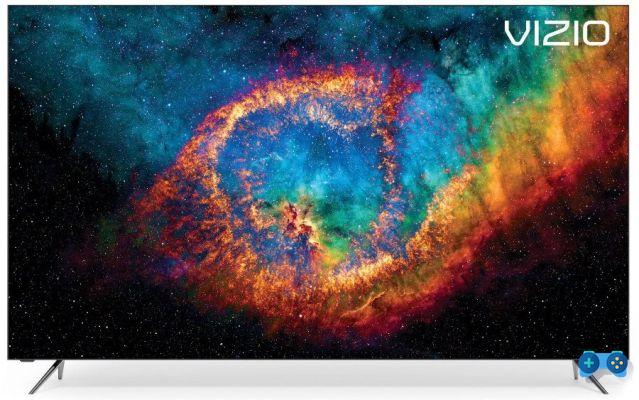
If you want an even brighter TV than the Samsung Q80T QLED, look at Vizio PX65-G1. You certainly won't get Samsung's widest viewing angles and FreeSync support or other gaming features, but it's one of the brightest TVs on the market today. The picture quality is impressive, it is very responsive thanks to the low input delay and the text is crisp when used as a TV monitor thanks to its ability to correctly display 4: 4: 4 chroma in the most common resolutions. Also, it shows an extremely wide color gamut if you want to use this TV for HDR content. Unfortunately, the 480p and 720p content don't boast good optimization.
If you want the absolute best TV to use as a PC monitor, consider purchasing the Samsung TV detailed above, but if you want a brighter room, the Vizio is the best choice.
The TV with the greatest viewing angle: LG 65NANO85UNA
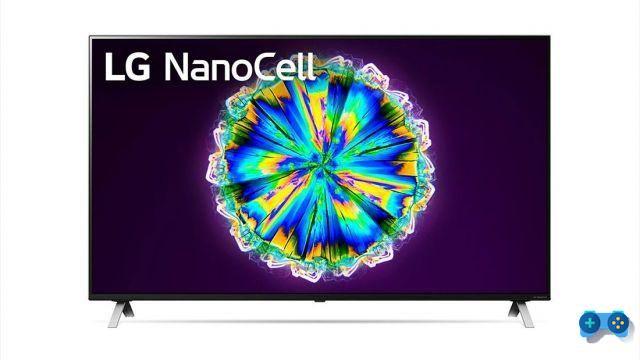
If you want a naturally wide viewing angle IPS TV, the LG 65NANO85UNA is a good option. You won't be able to view deep blacks like the Samsung Q80T QLED, but it's still a great choice to use as a PC monitor in a room with ample seating, such as a boardroom. Correct 4: 4: 4 chroma is displayed when setting the input label to “PC” and the input lag is also very low. Unfortunately, it's not very bright, but it has excellent reflection management, so it's great for use in rooms with moderate lighting. It has good color accuracy and, despite being a budget TV, has a 120Hz refresh rate, which results in a good response time and smooth movement.
Overall, if you want to save money and have a TV with wider viewing angles, you are on the safe side with the LG 65NANO85UNA.
Best budget TV to use as a PC monitor: Hisense 55H8G
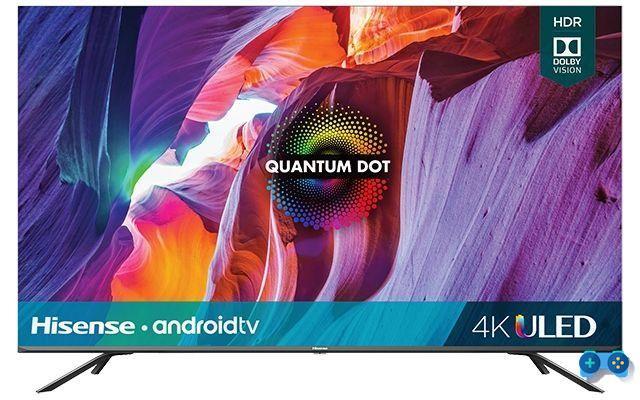
The best TV for monitor use in the budget category is the Hisense 55H8G. It's a very good TV overall and while it doesn't have wide viewing angles, it's still a great choice to use as a PC monitor. It comes in a good range of sizes, so you can buy the one that best suits your needs.
Picture quality is almost on par with some higher-end and more expensive TVs. In dark rooms it performs quite well as it displays deep blacks and has a full-array local dimming function. The same is true in bright environments thanks to its exceptional peak brightness and good reflection management. Like the other TVs in this guide, it supports 4: 4: 4 chroma in 1080p and 4K resolutions while in "Game" mode. The input lag is also very low and even though it has a refresh rate of only 60Hz the response time is good, so the movement is smooth. The TV has a nice style and is well built.
Unfortunately, the image degrades quickly when viewing at an angle, so it's best to sit directly in front. Even if you do not calibrate the color you can still count on an accurate accuracy of the same. All in all, if you're on a tight budget most people will be happy with buying this TV.
The Outsider: TCL 43S425
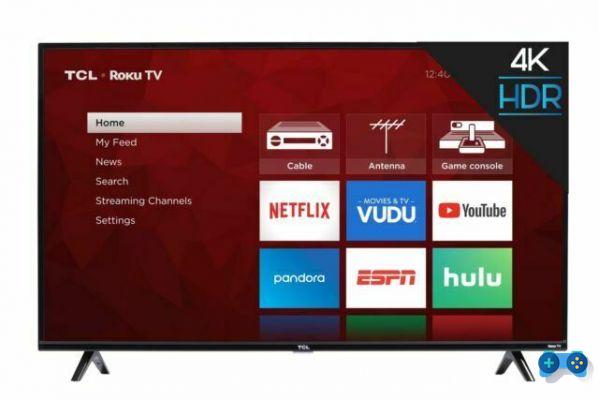
If you need a smaller TV to use as a PC monitor and save some money (maybe to invest elsewhere), check out the 4 TCL 43 / 425S2019 series. It won't be as bright as the Hisense H8G, but it's a good budget TV that has what is needed to be used as a PC monitor. Input lag is incredibly low and supports proper 4: 4: 4 chroma at 1080p, 1440p and 4K resolutions with 60Hz refresh rate. The response time is very fast, so the movement is clear and smooth. Unfortunately, the viewing angles are poor, the color accuracy is disappointing, it doesn't show a wide color gamut, and it has consistency issues. However, it manages to perform well in dark environments thanks to its excellent contrast ratio.
If you want to use the best budget TV as a PC monitor, go straight to Hisense, but if you want something even cheaper and smaller, the TCL is a good alternative.
The best OLED TV
If despite what we said about the risk of molding, you still want to opt for an OLED screen, and how to blame you for the rest given the general quality, perfect colors and absolute black, then look no further: the best TV to use as a monitor is theLG 48CX6LB, an OLED from LG's CX family and the first ever OLED in this format.
In fact, OLEDs are very complicated to produce in smaller formats due to their production technology and therefore until now they have only been made available in format from 55 ″ and up with very few exceptions. L 'LG 48CX6LB it has HDMI 2.1 40Gbits ports, 120hz refresh rate, 4: 4: 4 chroma subsampling in 4k 120hz (thanks to the latest firmware released) and above all the best video quality among the TVs reported in this guide.
The price, however, is proportional to this quality (and to the particular format): 1560 euros is not cheap if you think that for the same amount you can take home a 55 ″. However, this format makes it ideal for positioning on the desk and for office and gaming use.





